Portable Oxygen Machines for Seniors: What to Expect in 2024
Portable oxygen machines, also known as portable oxygen concentrators (POCs), are essential for people who require supplemental oxygen therapy. These devices allow users to lead more active and independent lives by providing oxygen on the go. As 2024 approaches, it’s important to understand the costs involved and what features you should expect when purchasing a portable oxygen machine.
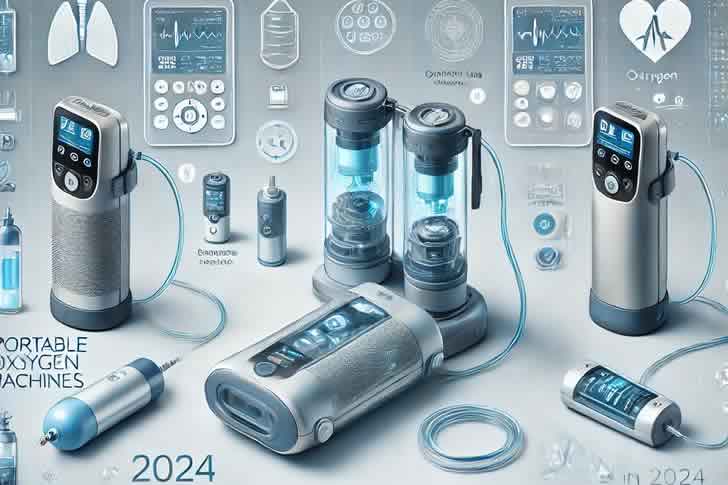
Factors Affecting the Price of Portable Oxygen Machines
Several factors influence the price of portable oxygen machines in 2024. These include:
- Brand and Model: Premium brands with more advanced technology typically come with higher price tags.
- Battery Life: Machines with longer battery life tend to cost more.
- Oxygen Output: Machines with higher oxygen flow rates or continuous flow capabilities are often more expensive.
- Weight and Portability: Lighter and more compact models generally cost more due to the convenience they offer.
- Warranty: Extended warranties can add to the overall price but provide peace of mind in the event of repairs or malfunctions.
Price Range for Portable Oxygen Machines in 2024
The cost of portable oxygen machines in 2024 will vary based on the features mentioned above. However, here is a general breakdown of the expected price range:
- Low-End Models: $1,500 – $2,500
- Mid-Range Models: $2,500 – $3,500
- High-End Models: $3,500 – $5,000
Top 10 Portable Oxygen Machines for 2024
Here’s a comparison of 10 popular portable oxygen machines, based on their price, weight, battery life, and oxygen output:
| Model | Price (USD) | Weight (lbs) | Battery Life (hours) | Oxygen Output | Warranty (years) |
|---|---|---|---|---|---|
| Inogen One G5 | $2,500 | 4.7 | 6 – 13 | Pulse Flow | 3 |
| Philips SimplyGo | $3,000 | 10 | 3 – 6 | Continuous/Pulse | 2 |
| AirSep Focus | $2,700 | 1.75 | 3 – 7 | Pulse Flow | 3 |
| Caire FreeStyle Comfort | $2,900 | 5 | 4 – 8 | Pulse Flow | 3 |
| GCE Zen-O Lite | $2,800 | 5.5 | 4 – 8 | Continuous/Pulse | 3 |
| Respironics SimplyGo Mini | $3,200 | 5 | 4.5 – 9 | Pulse Flow | 2 |
| Invacare Platinum Mobile | $3,000 | 4.8 | 5 – 10 | Pulse Flow | 3 |
| OxyGo Next | $3,500 | 4.7 | 6 – 13 | Pulse Flow | 5 |
| Inogen One G3 | $2,200 | 4.8 | 4 – 8 | Pulse Flow | 3 |
| Oxlife Independence | $3,800 | 16.7 | 5 – 10 | Continuous/Pulse | 5 |
Key Features to Consider When Buying a Portable Oxygen Machine
When deciding which portable oxygen machine is right for you, consider the following features:
- Oxygen Output: Some machines offer only pulse flow, while others offer both continuous and pulse flow. Continuous flow machines are ideal for patients who require higher oxygen levels.
- Battery Life: For active users, battery life is a critical factor. Machines with longer battery life allow for extended use without needing to recharge frequently.
- Portability: Weight and size matter, especially for those who plan to travel frequently. Lighter machines are easier to carry but may offer shorter battery life or lower oxygen output.
- Noise Levels: Some machines are quieter than others. If noise is a concern, look for a model that operates at a lower decibel level.
- Warranty: Extended warranties can protect your investment and ensure the machine remains functional for years.
Benefits of Portable Oxygen Machines for Seniors
- Increased Mobility: Portable oxygen machines allow seniors to move freely without being tethered to a stationary oxygen supply.
- Independence: With a portable oxygen concentrator, seniors can engage in daily activities and travel more easily.
- Improved Quality of Life: Access to oxygen therapy can improve energy levels and overall well-being for individuals with chronic lung conditions.
Frequently Asked Questions (FAQ)
Q1: How long do portable oxygen machines typically last?
A1: Portable oxygen machines generally last 3 to 5 years, depending on the model and how frequently they are used. Regular maintenance and following the manufacturer’s guidelines can extend the lifespan of the machine.
Q2: Are portable oxygen machines covered by insurance?
A2: Many insurance companies, including Medicare, may cover part or all of the cost of a portable oxygen machine if it is deemed medically necessary. Be sure to check with your insurance provider to understand the coverage options available to you.
Q3: Can I use a portable oxygen machine on an airplane?
A3: Yes, many portable oxygen machines are FAA-approved and can be used on airplanes. Models such as the Inogen One G5 and Philips SimplyGo are commonly used for air travel.
Q4: How often do I need to replace the battery in my portable oxygen machine?
A4: Battery life varies depending on the machine and usage. Most batteries last between 2 to 5 years, and replacement batteries can be purchased directly from the manufacturer or third-party suppliers.
Conclusion
In 2024, portable oxygen machines will continue to be a vital tool for individuals requiring oxygen therapy on the go. With a range of models available, prices will vary based on features such as battery life, oxygen output, and portability. By carefully evaluating your needs and comparing the top models, you can find a portable oxygen machine that suits both your lifestyle and budget.
References
- https://www.inogen.com
- https://www.philips.com/healthcare/solutions/respiratory-care
- https://www.oxygo.life
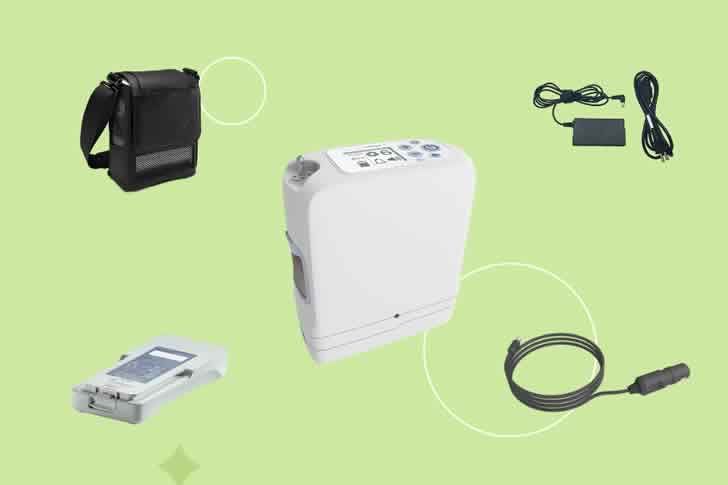
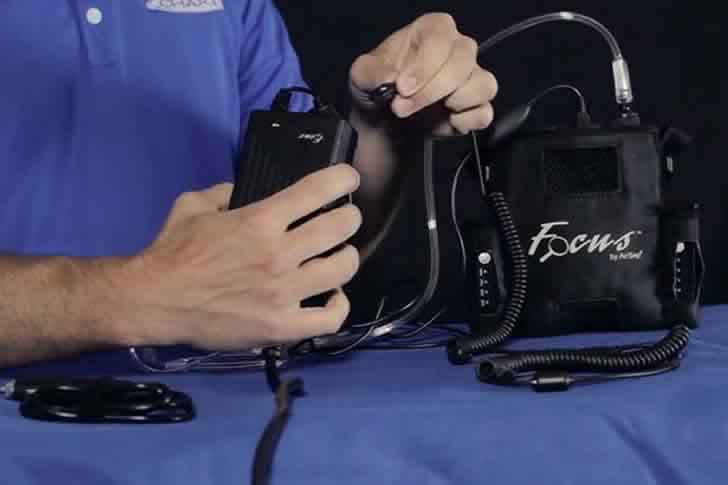
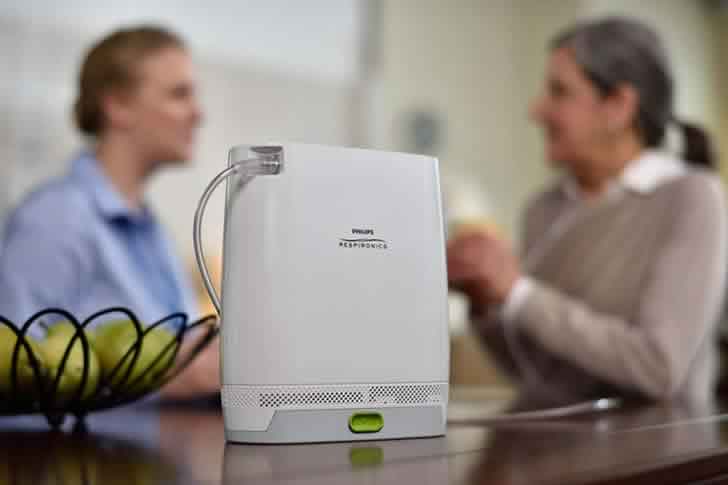
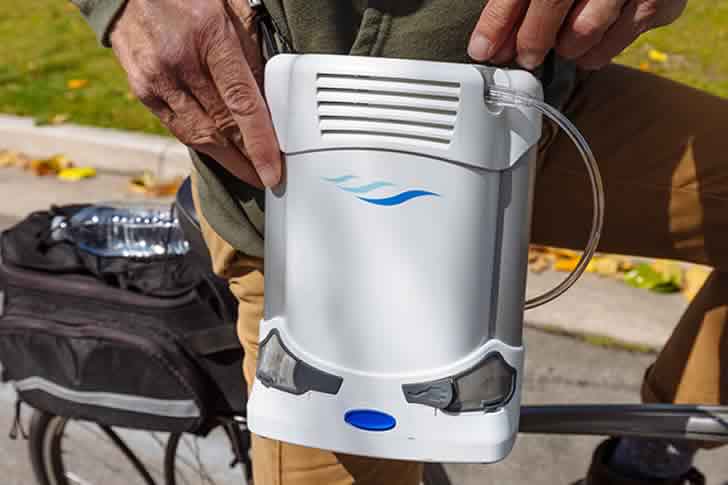







Recent Comments